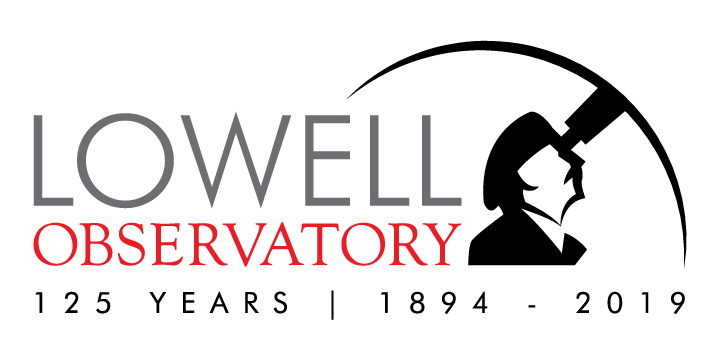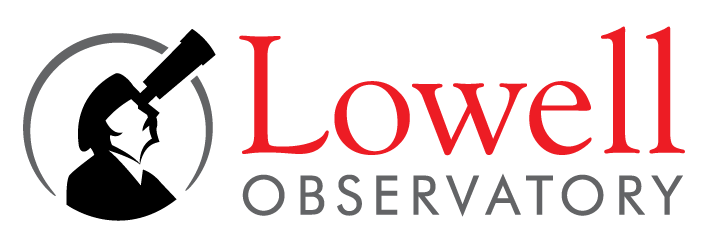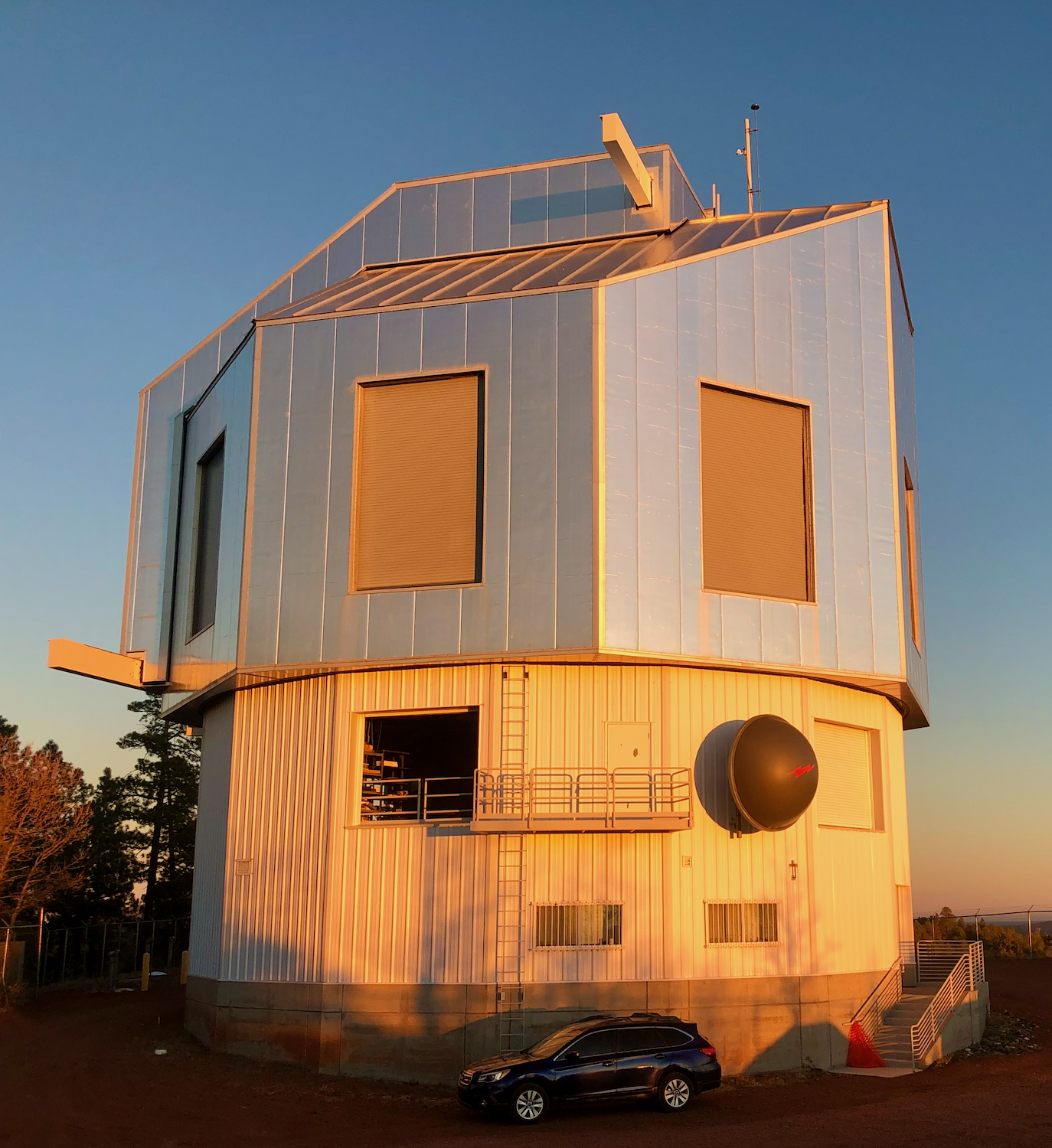Versions Compared
Key
- This line was added.
- This line was removed.
- Formatting was changed.
| Excerpt Include | ||||||
|---|---|---|---|---|---|---|
|
| Livesearch | ||||
|---|---|---|---|---|
|
Lowell Discovery Telescope
(formerly the Discovery Channel Telescope)
[some fancy script-logo here, or something]Observer Information Pages
| Warning | ||
|---|---|---|
| ||
For the duration of the COVID-19 outbreak, all observing at the LDT will be done remotely. See Continuing in 2023A and 23B, limited in-person observing will be supported at LDT. For those observing remotely, see LDT Remote Observing Notes. |
Current Semester Observer and Telescope Operator Calendar
| Float | ||
|---|---|---|
| ||
Image: T. Ellsworth-Bowers (Lowell) |
The 4.3-m Lowell Discovery Telescope (LDT) is Lowell Observatory's flagship facility at a dark-sky site approximately 40 miles southeast of Flagstaff on the Coconino National Forest.
Lowell Observatory operates the LDT in partnership with Boston University, University of Maryland, Northern Arizona University, University of Toledo, and Yale University. The telescope is scheduled by semester, with the current being 2020B2023A.
The current call for observing proposals is available linked in the sidebar at left for Lowell Observatory and Partner Institution members: 2021A LDT Call for Proposals
Instrumentation Quick Links:.
Facility Instruments:
LMI (Optical Imager)
DeVeny (Optical Spectrograph)
NIHTS (Near-infrared Spectrograph)
Visitor / PI Instruments:
EXPRES (Optical Spectrograph)
QWSSI (Optical Speckle Imager)
RIMAS (Near-infrared Spectrograph / Imager – Under Development, Coming 2021)
Instrumentation Main Page
List of LDT Scientific and Technical Publications
| Background Color | ||
|---|---|---|
| ||
Updates (and Old Updates)UPDATE: The 2021A 2023B LDT schedule Schedule has been released. (2020Dec012023Jun08) UPDATE: The DeVeny spectrograph is back in operation. (2020Nov06) UPDATE: NIHTS is again available for use. (2020Oct08) UPDATE: The GG495 blocking filter has been replaced in the DeVeny spectrograph. (2020Oct02) Expand | | |
|
| Expand | ||
|---|---|---|
| ||
The telescope control system (TCS) has been updated, and several issues fixed. One item of particular note to observers is that ephemeris based pointing and tracking is now functioning again. If you plan to use an ephemeris, please be in touch with staff ahead of your run to ensure that things work as expected. The ephemeris file format has changed slightly. For ephemerides extracted through the TCS, there shouldn't be an issue; if you generate your own ephemeris file, then you will need to make sure it conforms to the revised format. (2020Feb19)new version (v1.7.1 – 10 May 2022) includes corrected confluence links and updates to the PypeIt instructions. It is available on the LDT Observer Information Confluence page. |
| Expand | ||
|---|---|---|
| ||
An updated version of the NIHTS User Manual (v1.4 - 20190137) has been released and is available on the LDT Observer Information confluence pagepages. Per the authors, NIHTS User Manual v1.4 adds 7 includes a description of blind target acquisition using LMI.couple of revised figures from the NIHTS Commissioning paper. |
| Expand | ||
|---|---|---|
| ||
The new LDT Observer Information Pages were released, replacing the prior DCT Observer Information Pages. |
| Expand | ||
|---|---|---|
| ||
The LMI User Manual has been updated. |
| Expand | ||
|---|---|---|
| ||
We have looked into quantifying the delay between when a user requests an image with LMI, and when the shutter actually opens. Details can be found in the write up under the LMI link about the shutter delay. The bottom line is that:
Exposure times should be computed as:
| ||
| Expand | ||
| ||
| The DeVeny Spectrograph Reference and Operations Guide has been updated for the new release of the slitviewing camera GUI application. Version v1.5 (10 July 2018) of the manual is now available on the LDT Observer Information confluence page. |


